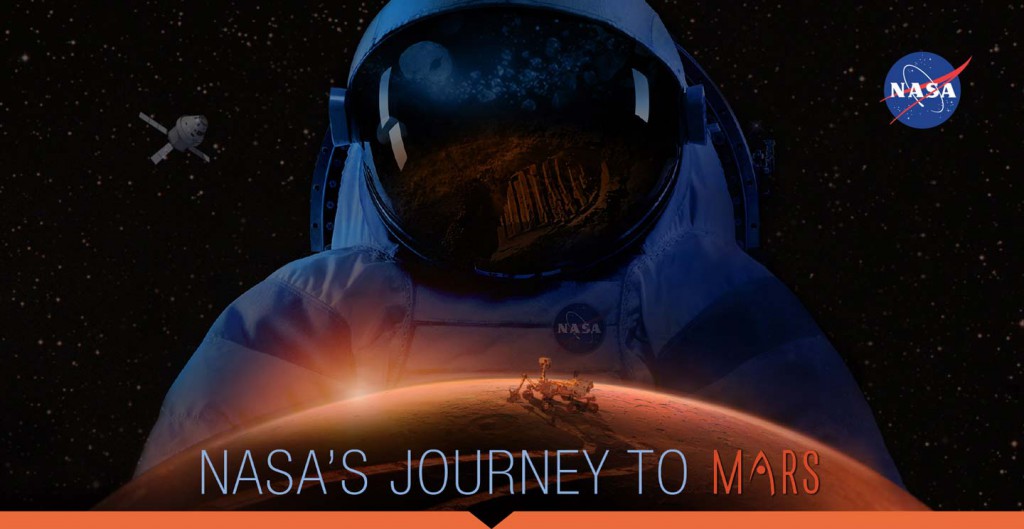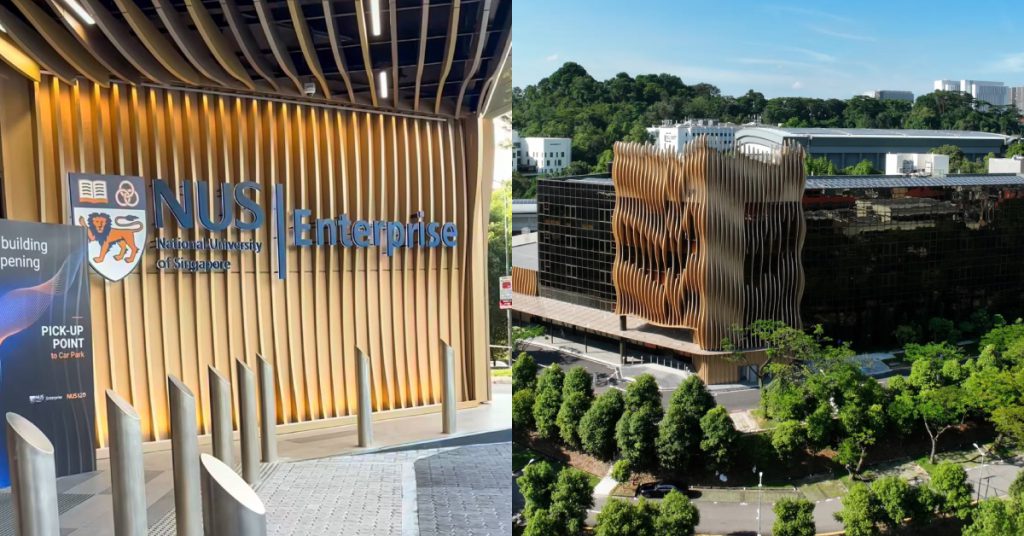Yes, you read that right. You will be able to go to Mars.
No, not physically. The National Aeronautics and Space Administration (NASA) is inviting the public to submit their names, which will be included on a microchip to be sent to destinations beyond low-Earth orbit, including planet Mars.
According to a report by The Star, up until last week, a total of 5,368 Malaysian names have been submitted to be sent on the Orion flight test which will depart from Earth on the 4th of December. Malaysia is the 23rd country with the most names submitted worldwide. At the time of this article is written, NASA had received more than a million names.
“Your name will begin its journey on a dime-sized microchip when the agency’s Orion spacecraft launches Dec. 4 on its first flight, designated Exploration Flight Test-1. After a 4.5 hour, two-orbit mission around Earth to test Orion’s systems, the spacecraft will travel back through the atmosphere at speeds approaching 20,000 mph and temperatures near 4,000 degrees Fahrenheit (2,205 degrees Celsius), before splashing down in the Pacific Ocean,” NASA said in a statement.

NASA added that the journey for your name does not stop after the Orion’s return. All the names will be able to fly on future NASA exploration flights and mission to the Planet Mars. Sounds cool, right? Not only that, selected individuals will also earn themselves more miles as the members of global space-faring society with each flight their names take.
“NASA is pushing the boundaries of exploration and working hard to send people to Mars in the future. When we set foot on the Red Planet, we’ll be exploring for all of humanity. Flying these names will enable people to be part of our journey,” said Mark Geyer, Orion Program Manager.

For those who wish to receive the personal “boarding pass” on the Orion’s test flight, please do so before October 31 here. For those who missed the deadline, you can still submit your name for the future test flights and other NASA missions to the Red Planet. Do not forget to share your thought using this hashtag, #JourneyToMars.
Malaysia’s First Astronaut

On October 10, 2007 marks one of the most important dates for all Malaysians as the country’s first astronaut – Datuk Dr Sheikh Muszaphar Shukor was sent to the International Space Station by Russia. He was aboard Soyuz TMA-11 with Expedition 16 crew and spent 10 days in the space.
Sheikh Muszaphar, an orthopaedic surgeon together with other three finalists were selected by Malaysian Angkasawan spaceflight programme to represent the country as a guest of the Russian government in 2006. He is also the first Muslim to fly into the space during the holy month of Ramadan after being selected from about 11,000 candidates.
Perhaps the next Malaysian space expedition will be a physical trip to Mars?
The Orion
The Orion is the latest spacecraft built by Lockheed Martin for NASA to transport humans farther than we have ever gone before, including an asteroid and Mars. It is able to carry up to six astronauts. Before transporting the astronauts, NASA is going to launch a test flight first in the coming December, which will also test the vehicle’s systems to ensure its safety for future use.
“Orion will serve as the exploration vehicle that will carry the crew to space, provide emergency abort capability, sustain the crew during the space travel, and provide safe re-entry from deep space return velocities,” according to NASA.

The test flight will be launched atop a Delta IV Heavy Rocket from Cape Canaveral Air Force Station’s Space Launch Complex 37. The Orion is completed with four Ogive panels which are able to limit sound and vibration as well as to ensure a smoother ride for the future astronauts.
Mars In A Nutshell

| Facts | Earth | Mars |
| Average Distance from Sun | 93 million miles | 142 million miles |
| Average Speed in Orbiting Sun | 18.5 miles per second | 14.5 miles per second |
| Diameter | 7,926 miles | 4,220 miles |
| Length of Year | 365.25 Days | 687 Earth Days |
| Length of Day | 23 hours 56 minutes | 24 hours 37 minutes |
| Gravity | 2.66 times that of Mars | 0.375 that of Earth |
| Temperature | Average 57 °F (About 14 °C) | Average -81 °F (About -63°C) |
| Number of Moons | 1 | 2 |
Source: National Aeronautics and Space Administration (NASA)
Missions to Mars
Over the last three decades missions, NASA discovered that volcanoes once raged and flash floods rushed over the surface of Mars. Among all the discoveries, NASA said one stands out above all others – the possibility of having liquid water on this Red Planet, either in the past or today.
“Water is the key because almost everywhere we find water on Earth, we find life. If Mars once had liquid water, or still does today, it’s compelling to ask whether any microscopic life forms could have developed on its surface,” according to NASA.
And to explore in depth on the possibilities of life on Mars, NASA’s current Mars Exploration Programe is set on an exploration strategy – “Seek Signs of Life”.
“Searching for this answer means delving into the planet’s geologic and climate history to find out how, when and why Mars underwent dramatic changes to become the forbidding, yet promising, planet we observe today.

Because water is key to life as we know it, earlier Mars missions (2001 Mars Odyssey, Mars Exploration Rovers, Mars Reconnaissance Orbiter, Mars Phoenix Lander) were designed to make discoveries under the previous Mars Exploration Program science theme of ‘Follow the Water’,” NASA said.
According to NASA, evidence collected via past missions suggest that the Red Planet was once warmer and wetter than it is today. NASA in its website said that future Mars missions would likely to focus on the search for life in areas identified as “potential past or present habitat” on Mars.
Past Successful Missions
| Launch year | Name | Country |
| 1964 | Mariner 4 | US (flyby) |
| 1969 | Mariner 6 | US (flyby) |
| 1969 | Mariner 7 | US (flyby) |
| 1971 | Mars 3 Orbiter/Lander | USSR |
| 1971 | Mariner 9 | US |
| 1973 | Mars 5 | USSR |
| 1975 | Viking 1 Orbiter/Lander | US |
| 1975 | Viking 2 Orbiter/Lander | US |
| 1996 | Mars Global Surveyor | US |
| 1996 | Mars Pathfinder | US |
| 2001 | Mars Odyssey | US |
| 2003 | Mars Exploration Rover – Spirit | US |
| 2003 | Mars Exploration Rover – Opportunity | US |
| 2005 | Mars Reconnaissance Orbiter | US |
| 2007 | Phoenix Mars Lander | US |
| 2011 | Mars Science Laboratory | US |
| 2013 | Mars Atmosphere and Volatile Evolution | US |
| 2013 | Mars Orbiter Mission (MOM) | India |
Source: National Aeronautics and Space Administration (NASA)
According to NASA, exploration of Mars has so far occurred in three stages which include Flybys – the very first missions near Mars where pictures were taken; Orbiters where spacecrafts were placed in orbit around the Red Planet; and Landers and Rovers where real device was land and move around on the surface of Mars.














